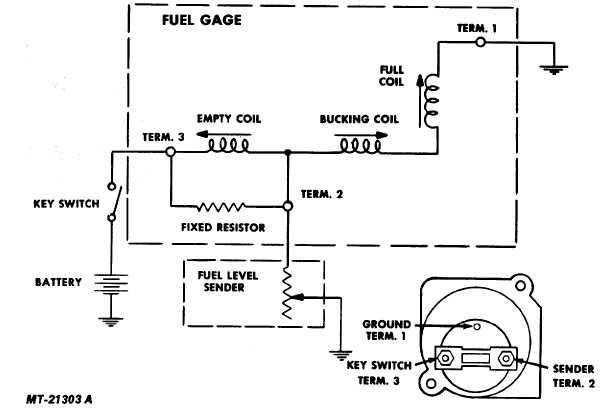blimpy
New member
NOTE WELL..... THE ROCHESTER SENDER DOES NOT FIT MECHANICALLY AND THE RESITANCE IS BACKWARDS..
O = empty RATHER THAN 0=full
----Thanks to RonM for pointing out that I had that posted wrong for a week or two... ron I was looking at the wrong post!---
SO THE COMMENTS PREVIOUSLY POSTED WERE WRONG WRONG WRONG....
TO MAKE IT FIT.. YOU HAVE TO GRIND 1/8 INCH AROUND THE ENTIRE CIRCUMFERENCE
AND YOU WOULD HAVE TO USE THE ROCHESTERS IN PAIRS, and have Backwards Reading Guages !!
FAR BETTER TO REPAIR YOUR STEWART WARNER SENDERS.. OR CHANGE OUT THE WHOLE SHOOTING MATCH
SENDERS AND GUAGE ALL AT ONCE.
INCORRECT COMMENTS HAVE BEEN DELETED BY THIER AUTHOR in the interest of safety and common sense!
------------
My desire is to " stay original" which luckily for me is also the cheapest way to go.
No doubt the capacitive tube type system is the most accurate, with all manner of warning light
options, AND BETTER ACCURACY.
O = empty RATHER THAN 0=full
----Thanks to RonM for pointing out that I had that posted wrong for a week or two... ron I was looking at the wrong post!---
SO THE COMMENTS PREVIOUSLY POSTED WERE WRONG WRONG WRONG....
TO MAKE IT FIT.. YOU HAVE TO GRIND 1/8 INCH AROUND THE ENTIRE CIRCUMFERENCE
AND YOU WOULD HAVE TO USE THE ROCHESTERS IN PAIRS, and have Backwards Reading Guages !!
FAR BETTER TO REPAIR YOUR STEWART WARNER SENDERS.. OR CHANGE OUT THE WHOLE SHOOTING MATCH
SENDERS AND GUAGE ALL AT ONCE.
INCORRECT COMMENTS HAVE BEEN DELETED BY THIER AUTHOR in the interest of safety and common sense!
------------
My desire is to " stay original" which luckily for me is also the cheapest way to go.
No doubt the capacitive tube type system is the most accurate, with all manner of warning light
options, AND BETTER ACCURACY.

